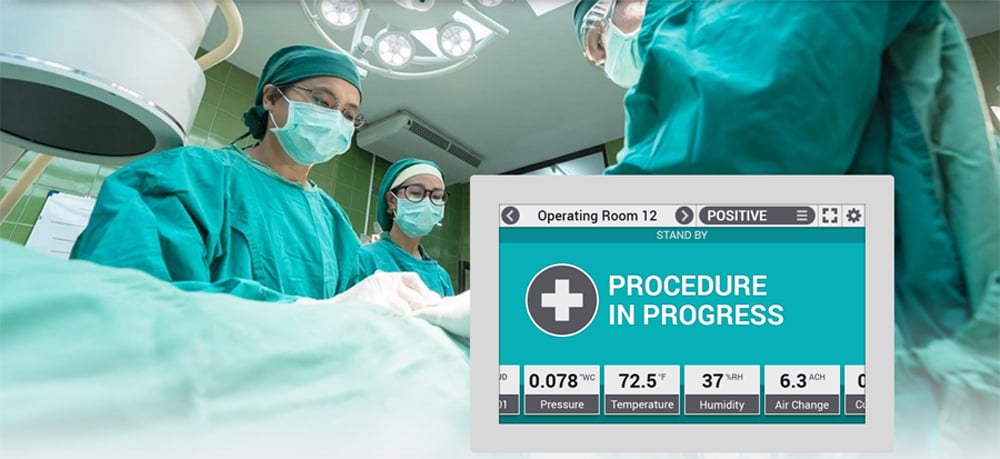
Pipelining UX with Product Development Gets You to Market Quicker
You’re a product manager. Your company is counting on you to get a new product to market quickly. Not just any product — a product your customers will love. So how do you rapidly develop something that works while ensuring it's something people will like to use?
Integrating user experience (UX) design methodologies into software development projects so you end up with a sound product useful to your customer can be challenging. That’s because today’s typical product-development process requires you to create and complete the UX design before software development begins.
UX’s integration into the software development process is generally sequential, where all aspects of the UX process, from user research and usability testing to visual design, must be fully locked down before a single line of code is written. One reason for this sequential approach is due to the fact that UX designers and software developers approach product development from different perspectives (Ferreira et al., 2011) and rely on different, often conflicting processes and priorities.
For instance, widely embraced software development processes like Agile hinge upon fast, iterative project management. Primary attention is paid to delivering small, incremental sets of working software as quickly as possible. On the other hand, UX design methodologies, while also stressing iteration, include spending considerable time upfront — before development work can begin — on tasks like user research, validation and analysis.
While it's true that with Agile there can be some overlap of UX and development tasks — for instance, UX may work a sprint or two ahead — there's another approach that allows for even more work to be done in parallel. It's called pipelining.
Lead with UX
The user experience, arguably even more than the features set, is often what distinguishes one similar product from another. The appeal of the interface, for instance, can heavily influence a buyer’s decision about whether to choose your coffee brewer or your rival’s. In other words, UX can make or break your product.
Yet, lack of time is the most common reason everyone doesn’t prioritize UX in product development. It’s the "we just need to get something shipped and can’t wait for UX" mentality. Fortunately, effective pipelining can help you do more than just ship something; but rather ship something your customers will like.
A quick word about pipelining
Where did pipelining come from? Early-computer central processing units (CPUs) were single-cycle. Instructions were fetched, decoded and executed fully before the next instruction was fetched, decoded, etc. The process was effective, but slow. The concept of pipelining — doing some tasks in parallel — grew from a desire to speed up this process. With pipelining, each instruction is still fetched, but while it is being decoded, the next instruction is fetched. While the first instruction is being executed, the second is being decoded, and the third is being fetched. The result is far greater speed and efficiency. When applied to software development, the result is not only greater speed but better products.
A Better Approach
By adhering to traditional development processes, you’ll end up with software that works. But, you might not end up with a finished product anyone wants. That’s because traditional processes typically overlook the needs and requirements of real users. What’s the point of great backend architecture if the user interface makes your customers’ blood boil?
By pipelining development — overlapping some UX and development tasks (more than you can using Agile) so that UX doesn’t need to be completed prior to the start of development yet user requirements are still prioritized — significantly compresses the overall timeframe of the project.
Here’s how a pipeline approach might look:

This is the approach we take at ICS, made possible because we have both deep software development experience and a dedicated UX team skilled in best practices. This approach worked well for Setra Systems Inc. They looked to us for help bringing to life an innovative product called Setra FLEX™ — a flexible room-environment control and monitoring solution for use in hospital operating rooms, burn units, clean rooms and other areas where regulating the indoor environment is crucial.

To make Setra FLEX a reality, we built the software and a user interface that’s well-engineered, intuitive and easy to navigate. By taking a pipelining approach, we shaved several weeks off an already lean product development lifecycle with no loss of quality. As the saying goes, time is money.
Choose the Right Partner
While pipelining can shrink the overall time frame of your next project, the approach works best if the company doing the work has both UX and development expertise. Here’s why. UX groups with creative portfolios but little development experience often struggle to stage deliverables in a way that allows development to get started earlier. One factor is that many UX designers come from psychology or agency backgrounds with little understanding of the software development process. The result: the time-to-complete is much longer.
Conversely, by choosing a development group without the in-house UX knowledge and resources — developers want everything defined so they can just take over the “spec” and go — your final product might not work as well for your potential customers as you’d envisioned. Further, if you’re outsourcing either UX or development, communication and project management become additional, time-consuming burdens.
Ultimately, pipelining can save you time and money, and get you to market with a better product, if you work with a partner that brings both UX and custom-software development expertise.
If you’d like to discuss how ICS’ pipeline approach can speed your product development while prioritizing great UX, get in touch.
ICS has 30 years of software development experience. We’re also highly regarded for creating compelling user experiences for medical, industrial and IoT devices, from touchscreen beverage-vending machines to ultrasonic welding equipment. We developed our unique UX pipelining approach as a way to help our customers build better products, faster. You can read about some of our UX projects here.